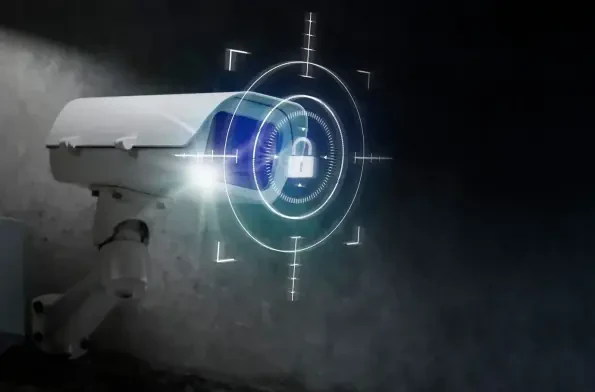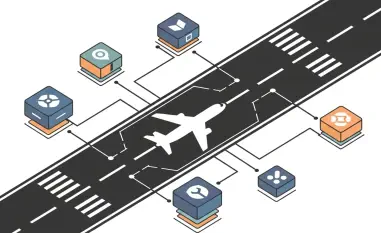In an era where every device is interconnected, security cameras are intended to safeguard us, but they might paradoxically be opening the doors to cyber threats. A recent investigation by Bitsight has highlighted a stunning oversight: over 40,000 connected security cameras around the world, including in private residences and sensitive business environments, are freely accessible, allowing unauthorized individuals to view real-time footage with little more than an IP address. This discovery has underscored the growing concern regarding the balance between convenience and security in modern surveillance systems.
Understanding Connected Security Cameras and Cyber Threats
The research dives into the potential cybersecurity vulnerabilities associated with networked security cameras by examining the alarming ease with which these devices can be exploited. By questioning whether such widespread connectivity means enhanced security or if it inadvertently exposes users to increased cyber threats, the study highlights the pressing need for stronger digital safeguards. Given the sensitive nature of these exposures, from private homes to industrial facilities, the issue resonates with anyone using or relying on such surveillance technologies.
The Importance of Cybersecurity in Modern Surveillance Systems
Connected security cameras were envisioned as tools for safety and oversight, yet the broad exposure of these devices serves as a stark reminder of the importance of cybersecurity within surveillance technologies. This research is crucial because it strikes at the heart of a rapidly evolving field where digital interconnectedness and personal privacy must coexist. As the prevalence of Internet of Things (IoT) devices continues to rise, the study sheds light on how inadequate security measures threaten not just privacy but also pose broader implications for personal safety and corporate confidentiality.
Research Methodology, Findings, and Implications
Methodology
To uncover the extent of the vulnerabilities, Bitsight conducted a comprehensive and ethical investigation into connected security cameras worldwide. They used advanced techniques to identify accessible devices without compromising passwords or exploiting known vulnerabilities, ensuring responsible reporting. This approach allowed the team to paint an accurate picture of the scope of the issue without overstepping ethical boundaries or compromising device security further.
Findings
The study revealed a shocking number of exposed cameras—over 40,000—found in locations ranging from homes and businesses to hospitals and public transportation systems. Notably, the majority were discovered in the United States and Japan, with significant numbers scattered across Europe and Asia. This exposure risks ongoing monitoring by unauthorized individuals of private and potentially sensitive activities. The lack of security configurations such as user authentication has turned these assets into liabilities.
Implications
The implications of these findings are wide-ranging and concerning. For individuals, the intrusion into personal spaces violates privacy, potentially leading to serious safety risks. For organizations, the exposure of confidential data can result in espionage, reputational harm, and financial loss. The research indicates a pressing need for improved security practices, such as the adoption of stronger authentication measures and regular firmware updates to safeguard these devices from becoming gateways to larger network breaches.
Reflection and Future Directions in Cybersecurity Research
Reflection
During the research, challenges emerged around balancing thoroughness and ethical guidelines. Avoiding direct probing into weak credentials limited the scope but maintained trustworthiness. Despite identifying tens of thousands of vulnerable cameras, researchers acknowledge there is much more ground to cover. This limitation indicates the vastness of the problem and how much remains undiscovered or undocumented.
Future Directions
Future research should aim to uncover more precise data on other vulnerable devices, potentially paired with extensive user education efforts to raise awareness of the risks involved. Exploring new technology standards and security protocols specifically tailored for IoT devices may help safeguard against future vulnerabilities. A comprehensive study into how different regions implement cybersecurity policies could provide insights into reducing the global impact of these threats.
Conclusion and Key Takeaways
The research uncovers a critical gap in the cybersecurity protocols of connected security cameras, revealing over 40,000 publicly accessible devices that pose a risk to both personal privacy and organizational security. The findings underline the urgent need for improved configurations and user education to prevent serious breaches. Moving forward, adopting stronger authentication measures, implementing robust firewall protections, and educating users on best practices are essential steps toward minimizing exposure to cyber threats and enhancing the safety and security of interconnected surveillance systems.













